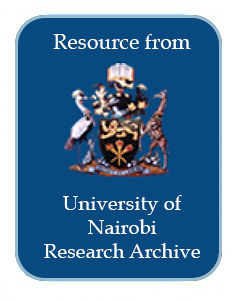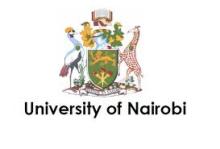Resource information
In the semi-desert zone of North Horr, northern Kenya, soil salinity reaches toxic levels, with extensive salt crusts at the surface. Environmental groups are involved in tree and shrub planting trials with the objective of stabilizing sand dunes and rehabilitating land. However, the performance of the various indigenous and exotic tree and shrub species in rehabilitating these saline soils has not been examined. Therefore this study aimed at evaluating the performance of various exotic and indigenous tree and shrub species in rehabilitating saline soils in North Horr. Mortality and relative growth rates for both exotic and indigenous tree and shrub species were assessed. Compared to indigenous species, exotic tree species (not naturally growing in the Marsabit ecosystem) failed to sustain an improved growth performance in saline soils of North Horr. The results of this study demonstrate that survival rates for indigenous plants in North Horr are higher than those of exotic ones. Thus, to rehabilitate saline soils and stabilize sand dunes, the use of indigenous tree and shrub species adapted to such saline conditions should be encouraged.


